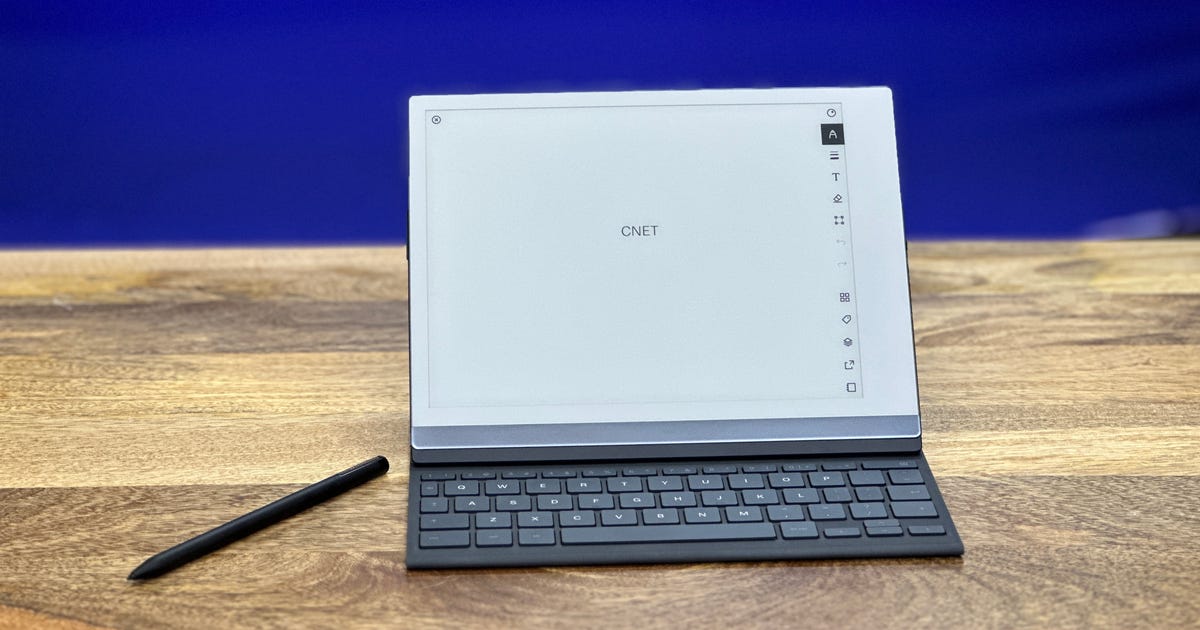Apple iCloud Drive has arrived. It now operates as a standalone service on both OS X and iOS, catching it up to Dropbox and other cloud services that allow for quick and convenient uploads so you can access your files across your Apple devices while freeing up some local storage on your devices in the process.
Let’s have a look at how you go about setting up iCloud Drive on both your Mac running OS X El Capitan and iOS devices running iOS 9.
Pricing
Apple gives you 5GB of iCloud Drive storage for free, and four paid plans provide up to 1TB of storage space for $9.99 a month.
iCloud Drive on Mac OS
On the Mac side, setting up iCloud Drive is easy. When you installed OS X El Capitan, you might have set up iCloud Drive. If you didn’t, you need go to System Preferences > iCloud and check the box for iCloud Drive at the top of the list.

Screenshot by Matt Elliott/CNET
You’ll find an empty iCloud Drive folder in Finder; you can simply drag files and folders to it to move them off of your Mac and to the cloud. You can also create a new folder by right-clicking in the iCloud Drive window. Your folder hierarchy, however, will be flat; you can add one level of nested sub-folder but no more.


Screenshot by Matt Elliott/CNET
Additionally, iCloud Drive is baked into Apple’s iWork apps. So, when you go to save a document in Pages or a presentation in Keynote, for example, iCloud Drive will be listed as one of the save location options. The first time you save a file from an iWork app, a folder will be created for it in iCloud Drive.
From then on, you can select that folder instead of just dumping files into iCloud Drive’s main directory. Should you save an iWork file to the main directory, an alias will be placed in the corresponding folder of its app.
iCloud Drive on iOS
With iOS 9, iCloud Drive gets its own app, operating as a central repository for viewing the files and folders you uploaded to the service. When you set up iOS 9, you were asked if you wanted iCloud Drive added to your home screen.

 Enlarge Image
Enlarge ImageScreenshot by Matt Elliott/CNET
If you didn’t take Apple up on its iCloud Drive offer, go to Settings > iCloud and tap on iCloud Drive. Next, tap the toggle switch to enable iCloud Drive. Then tap the toggle switch for Show on Home Screen to add iCloud Drive to your iPhone’s home screen. Below the iCloud Drive toggle switch is a list of apps that support iCloud Drive.




